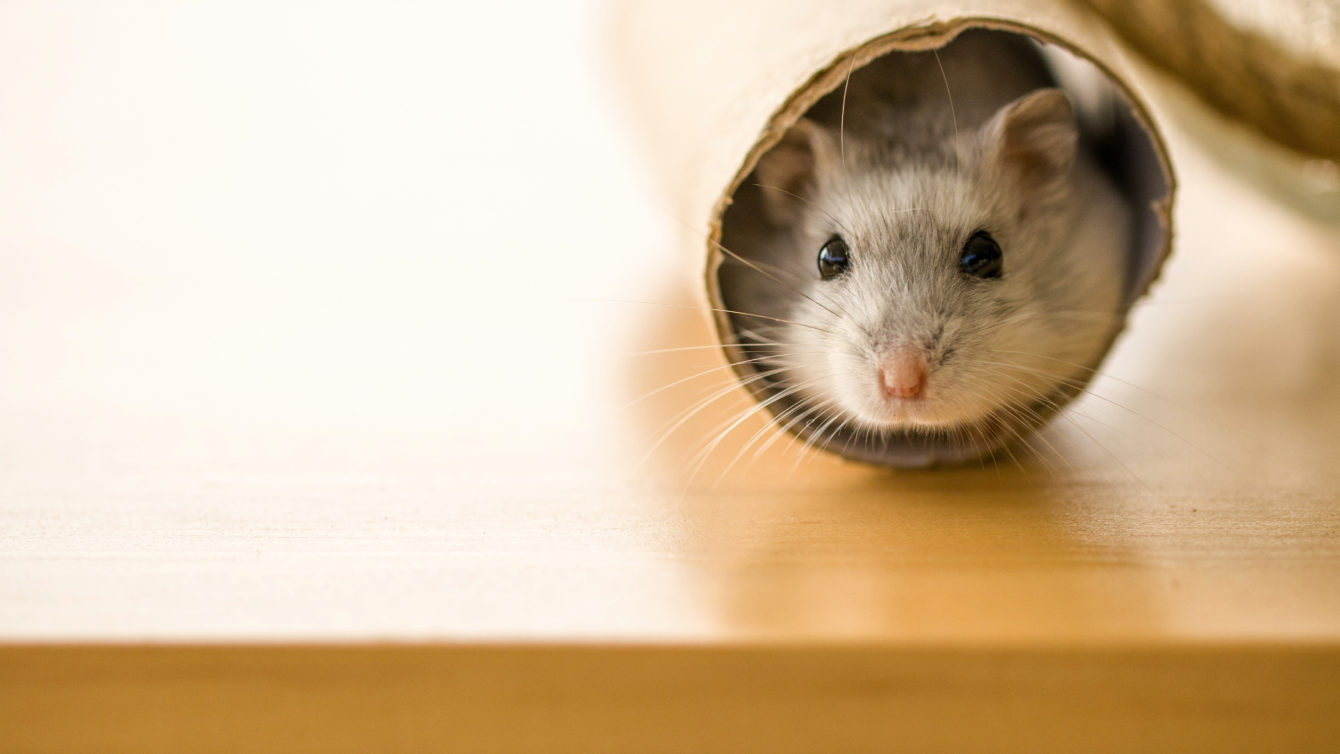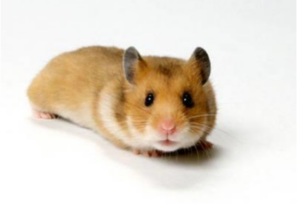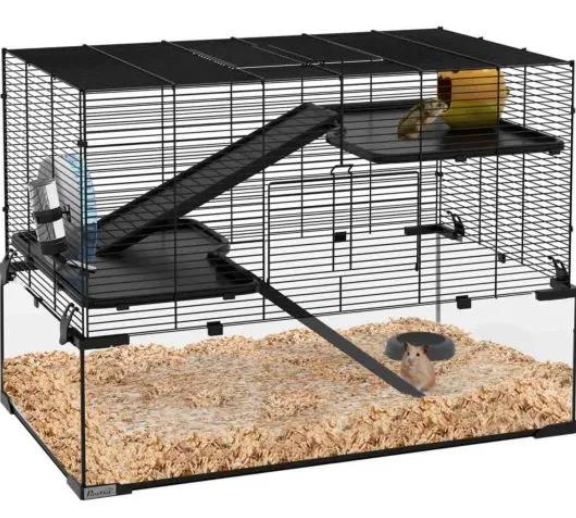Pet products with a conscience – think workability, not disability!

Guide to Syrian Hamsters
- Latin Name – Mesocricetus auratus
- Scientific Order – Rodentia
- Average Adult Size – 5 – 7 inches long
- Average Life Span – up to 3 years
- Diet – Omnivores
General Information
Also known as the Golden Hamster, it is the second largest hamster breed and one of the type most commonly kept as a pet. It was in the late 1930’s that they were successfully bred and domesticated.
They have stout bodies with tails much shorter than their body length. They have small furry ears and short legs with wide feet. Their elongated pouches store food to eat later; and they are able to store a lot of food in their pouches. They also have poor eyesight and therefore, rely on their sense of smell to guide them.
Behaviour

Hamsters are primarily nocturnal but can sometimes be active early morning or late evening. They like to burrow and will carry food in their pouches to areas they
have created so as to store and then nestle down. They also like to chew to maintain incisor teeth.
Equipment Required
- Cage/habitat – Either Aquarium or wire cage are suitable. As they are quite active when awake it is vital they have enough space. Also you need to ensure that they are securely locked preventingt he Hamster escaping and well ventilated. The habitat must allow for a layer of bedding for hamsters to dig and tunnel into.
- Water bottle which attaches to the cage.
- Food bowl – Preferably a weighted bowl so that this cannot be easily tipped over.
- Food – Hamster Mix, high quality pellets and a gradual introduction to certain fruit and veg. CHECK FIRST AS SOME FRUIT AND VEG ARE
NOT SUITABLE FOR HAMSTERS. - Mineral Chews.

Sign up for Product News
Keep up to date with the latest information about our products by joining our mailing list.
